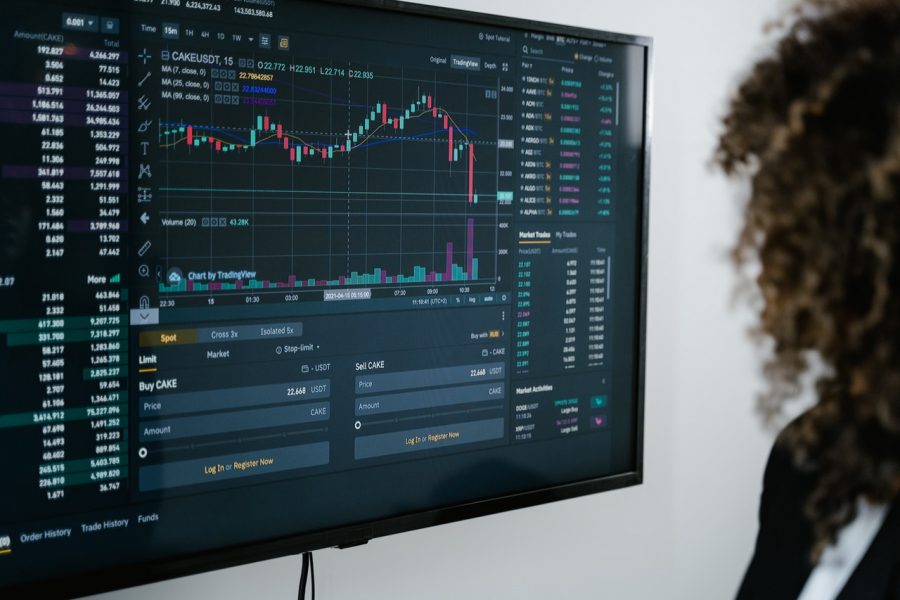ETFs and stocks are popular forms of trading in the financial market, with ETFs being relative newcomers. However, many people still seem confused about how they work and which one is better to trade in different scenarios.
This article will go over some essential points about ETFs and stocks, including when you should consider swapping from one to another.
What was the first form of trading?
The first form of stock trading was ETF trading. Securities were traded in a bazaar format for hundreds of years before the introduction of paper money [some background information related to later parts] because customers needed physical representation of their securities instead of just an account number.
However, people would need to wait for delivery, and the price could end up lower than expected.
Reason to go either way
There are multiple reasons you might want to go either way when choosing your investment strategy. It’s essential not only which one is better but also when to use them, as they might be the best form of trading for a particular scenario but not so much in another.
Buying low and selling high
One of the popular reasons to invest in either ETFs or stocks is because you want to buy low and sell high. It can be very effective depending on how long you intend to hold your investment.
For example, if prices are generally going down, then both stock and ETFs will lose value, meaning that it’s better not to trade at all under those circumstances. It may be wise to wait until prices go back up before making any trades.
However, if prices are rising, it becomes more critical for you to decide which one you should trade with first since neither stock nor ETFs will have a negative value.
ETF advantages
One of the ETF advantages is that they are traded frequently and have higher liquidity than stocks. It means that you can get your money in or out of the market faster when trading ETFs, which is very important if you need to respond quickly to changing prices. However, this may change based on what type of fund you are invested in. Index funds tend to be more liquid than managed funds, which are more familiar with stock trading.
Risk tolerance and time horizon
There are several ways to trade both ETFs and stocks depending on how much risk you want to take, but it’s safe to say that there is no correct answer when it comes down to choosing between one or the other when making your investment.
It often depends on your risk tolerance and time horizon, so it’s essential to determine what is essential for you to do in your specific situation before making any trades.
Brokerage fees
On average, mutual fund companies levy about 2 % of assets annually in brokerage fees, which can cut into returns that are already suffering from market fluctuations.
Exchange-traded funds (ETFs) is a solution that reduces these fees by allowing investors to purchase individual stocks at wholesale instead of retail and letting them manage their risk levels by building custom baskets based on their specific needs.
Is this investing right for you?
Ask yourself these questions before making any changes
- What are my investment goals?
- Do I have time to monitor my investments regularly? How will I react to market fluctuations?
- What is my risk tolerance? How much am I willing to lose?
- What do I know about the US stock market and how it works? Do I have enough information to make an informed decision?
In conclusion
ETFs and stocks are both popular forms of trading in the financial market. However, they have different advantages, disadvantages and uses. They can also be more effective depending on how often you trade them and different rules that may apply to each type of fund. This article presented some essential information about ETFs vs stocks trading, including when you should go with one or another form of investment.



